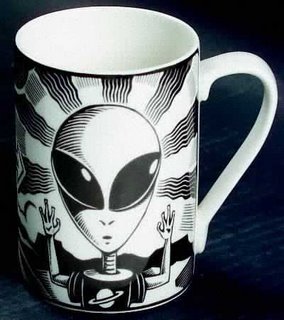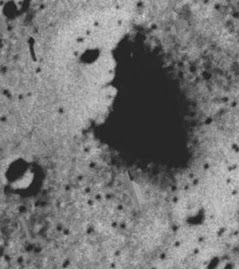
The greatest detective who ever lived made a somewhat inauspicious debut in Beeton's Christmas Annual for 1887.

A Study in Scarlet combined a tale of detection with a lurid story of revenge set among the Mormon pioneers of Utah.

Its successor, The Sign of Four (1890) used essentially the same method to parallel contemporary London with India at the time of the Indian mutiny (1857-58).

The last in this series of "double-stories" was The Valley of Fear (1914) contrasting a brilliant piece of deduction by Holmes with a tale set among the "Molly Maguires," trade-union activists from the mining regions of Pennsylvania in the 1880s.
In each case the frame story is set in the present, whereas the recounted events date from thirty to forty years before (an exception to this pattern can be found in the only other Sherlock Holmes "long story," The Hound of the Baskervilles (1902), conceived originally as a tale of the supernatural rather than a straight Holmesian detective narrative.)





No comments:
Post a Comment